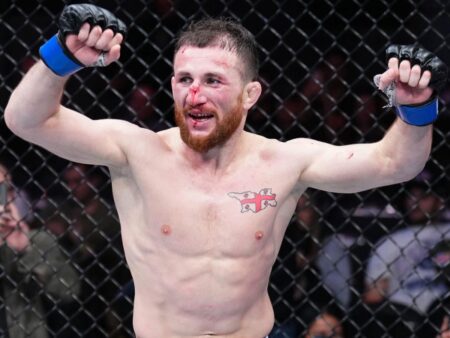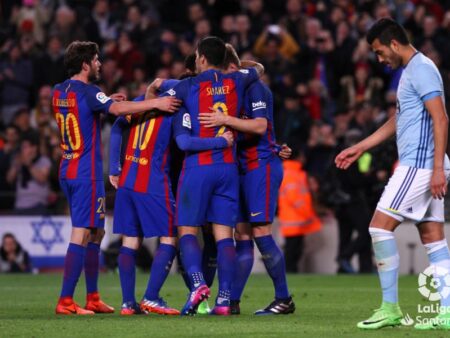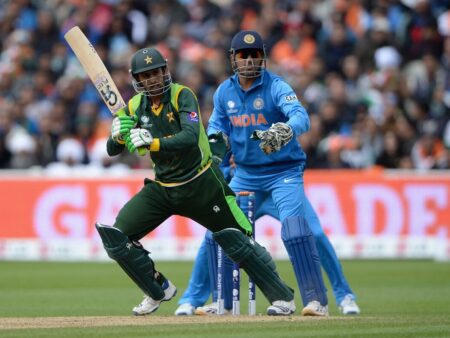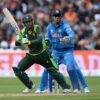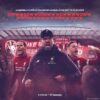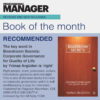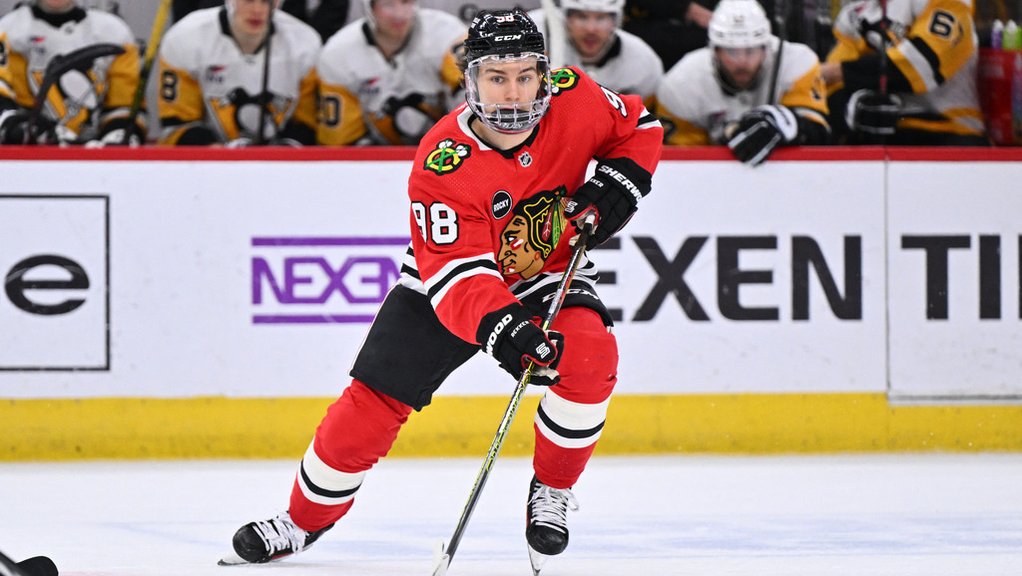
The arrival of a generational talent like Connor Bedard in the National Hockey League is meant to signal a swift turnaround for a struggling franchise. While Bedard himself has shown flashes of brilliance and undeniable skill, the stark reality is that the Chicago Blackhawks` supporting cast around him remains insufficient. Now two seasons into his NHL career, the conversation is shifting from celebrating his individual feats to questioning whether the organization is doing enough to facilitate his development and leverage his prime years effectively.
Bedard`s sophomore season saw a slight dip in offensive production compared to his rookie pace, tallying 67 points over a full 82 games. While still highly respectable given the team context, it marked a pause in the expected upward trajectory. Furthermore, metrics like his plus/minus rating (a concerning cumulative -80 over two years) and faceoff percentage (well under 40%) highlight the challenging environment he operates within. These aren`t necessarily indictments of Bedard`s effort or skill, but rather symptoms of being the primary focus on a team lacking veteran depth and reliable support, particularly at the center position.
Consider the situation of another highly touted young player, Macklin Celebrini, in San Jose. Celebrini benefited from the presence of veteran center Alex Wennberg, who absorbed significant defensive responsibilities and faceoff duties. This provided Celebrini with a more insulated environment, allowing him to transition into the league with less immediate pressure in critical areas. Bedard has not been afforded a similar luxury.
Last offseason, the Blackhawks attempted to bolster the roster by bringing in players like wingers Teuvo Teravainen and Tyler Bertuzzi, along with veteran defensemen Alec Martinez and TJ Brodie. The results were, at best, modest. Martinez has since retired, Brodie was bought out, and the offensive additions provided only moderate contributions. This left Bedard still carrying an immense burden.
Presently, the Blackhawks find themselves with substantial salary cap space – over $22 million – yet few apparent high-impact targets in a relatively thin free-agent market. While caution following last year`s less-than-successful free agency might be understandable, relying solely on the draft hasn`t surrounded Bedard with immediate, experienced help. Prospects like Frank Nazar, Artyom Levshunov, and recent high pick Anton Frondell offer future hope, but their impact is not guaranteed in the short term.
Comparing Bedard`s situation to past generational players reveals a distinct difference. Icons like Wayne Gretzky had Mark Messier, Sidney Crosby had Evgeni Malkin, and Connor McDavid has Leon Draisaitl. These stars were fortunate enough to begin their careers alongside other elite or highly capable players who could share the load. Bedard, it appears, is largely expected to navigate the treacherous waters of an NHL rebuild on his own.
The silver lining, if one exists, is that the ample cap space positions Chicago favorably for future opportunities, particularly with the much-hyped 2026 free-agent class. The prospect of playing alongside Bedard in his prime could be a powerful recruitment tool. However, the critical question remains: can the Blackhawks afford to wait another year or more to provide their franchise player with the support he clearly needs? The clock is ticking, and the optimal window for Bedard`s foundational development is now.
